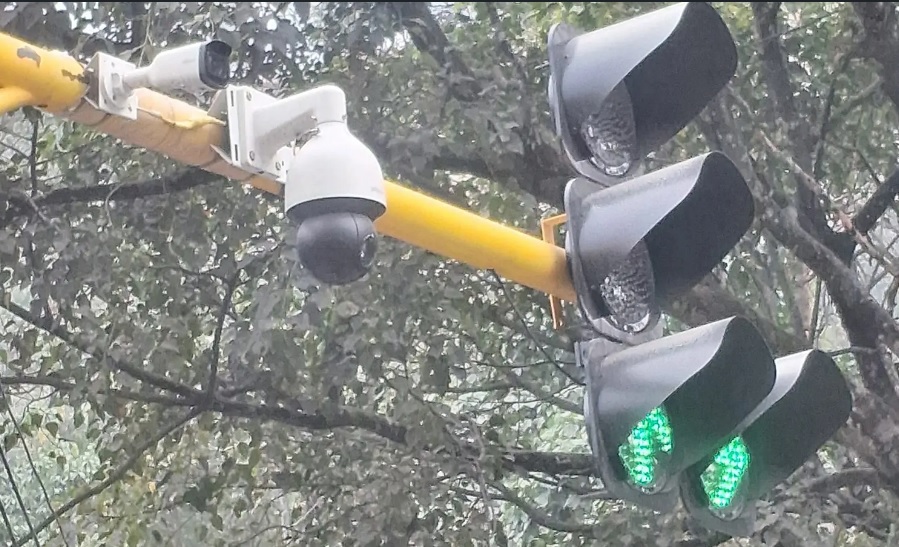
Pakyong, 14 May :The Transport Department of Sikkim has announced the implementation of an innovative “Artificial Intelligence Driven Traffic Management System” aimed at modernizing traffic management throughout the state. This system, utilizing advanced AI algorithms, is designed to revolutionize the monitoring and enforcement of traffic regulations, as well as the verification of essential documents such as insurance, tax, fitness, pollution under control (PUC), and permits.
Functionality:
The core functionality of the AI-driven system revolves around its ability to automatically detect various traffic violations including speeding, signal violations, and improper lane usage. Additionally, it is equipped to verify the validity of crucial documents required for vehicle operation. This includes insurance, tax, fitness, PUC, and permits, ensuring that all vehicles on the road comply with the regulations outlined in the Central Motor Vehicles Act of 1980.
Implementation:
Commencing from the 25th of May, 2024, the system will be operational across the entirety of Sikkim. This decision has been sanctioned by the competent authority within the Transport Department, indicating a significant step forward in the state’s approach to traffic management.
Public Notification:
In light of this development, the Transport Department issues a public notice to all vehicle owners, including government vehicles, emphasizing the importance of maintaining up-to-date vehicle documentation. It is imperative that all individuals adhere to this requirement to avoid potential discrepancies in the issuance of e-challans.
Addressing Concerns:
Any discrepancies or concerns regarding the issuance of e-challans are to be promptly addressed by contacting the respective Superintendent of Police (SP) or Regional Transport Office (RTO) within the relevant district.
The introduction of the AI-driven Traffic Management System marks a significant milestone in the modernization efforts of Sikkim’s transport infrastructure. With its advanced capabilities, the system promises to enhance road safety, streamline enforcement processes, and ensure compliance with regulatory standards.






